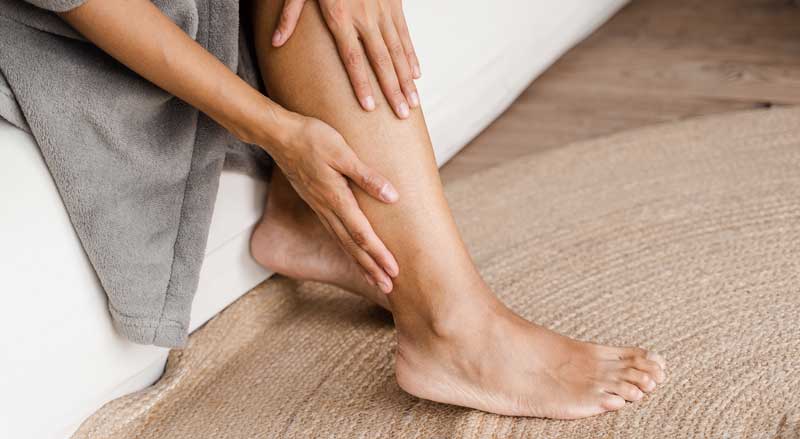Poor circulation can affect many areas of your body, including your legs, feet, and toes.
There are many reasons for poor blood circulation in the legs and feet, and usually several things you can do to improve your circulation.
It’s important to see a medical specialist for diagnosis, and then follow the prescribed treatment for your specific condition. There are different diagnostic tests doctors can perform to get an accurate diagnosis. But sometimes a doctor still can’t pinpoint the cause—even after tests are done.
Symptoms of Poor Circulation in the Legs and Feet
Some symptoms of poor circulation in the legs and feet are:
- Numbness
- Throbbing, tingling, or pain in limbs
- Cold feet
- Muscle cramps
- Discolored feet that sometimes turn blue, white, purple, or red
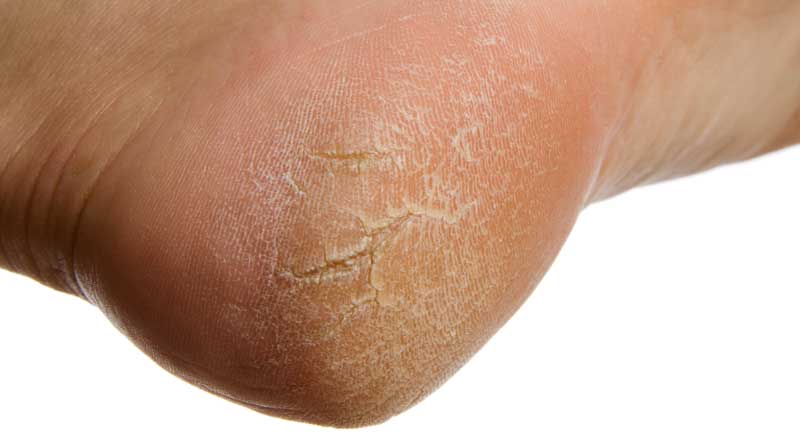
- Dry or cracked skin on feet or legs
- Hair loss on legs or feet
- Slow wound healing on feet
When a person has poor circulation, cells don’t get enough oxygen and nutrients delivered, and waste remains in cells. Cells function poorly; blood vessels narrow, harden, or even close.
People with poor circulation are commonly:
- Over 40-years-old
- Overweight
- Diabetic
- Smokers
- Living a sedentary lifestyle and don’t exercise
Some Causes of Poor Circulation
Diabetes
Diabetes is a condition that results in too much glucose (sugar) in your blood. Doctors can easily diagnose diabetes by performing blood tests.
Plaque accumulates in the blood vessels when high blood sugar continues for extended periods of time. Poor blood circulation affects the legs and feet and other parts of the body.
Without treatment, this could lead to serious health problems, including foot ulcers—which can result in amputation if they can’t heal properly.
People with diabetes need to have their feet checked regularly to make sure they’re not developing signs of poor circulation or neuropathy.
Smoking
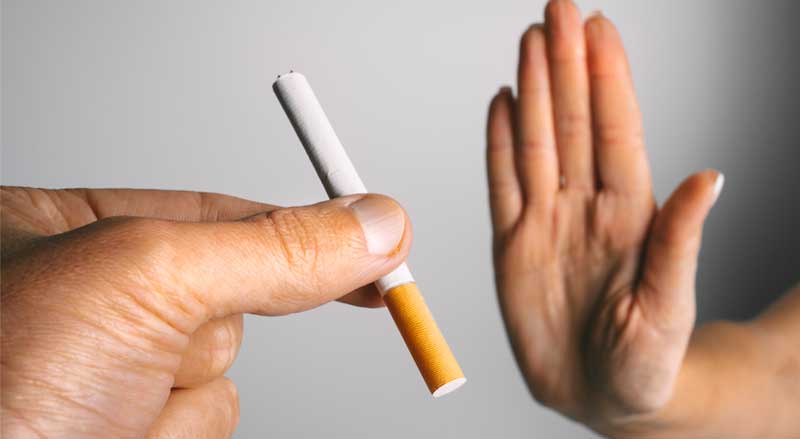
Cigarette smoke causes damage to your arteries. Plaque accumulates over time and causes circulation problems.
It’s simple. If you smoke, quit. If you don’t smoke, don’t start!
Varicose Veins
Varicose veins are enlarged, unattractive veins that appear twisted or gnarled.
These unsightly veins develop when damaged blood vessels cause extra pressure to be put on the veins. Then the newly formed varicose veins further contribute to poor circulation by allowing blood to flow backwards, instead of up toward the heart. Read more here about chronic vein insufficiency.
Leg symptoms of varicose veins include:
- Aching or heaviness
- Itchiness
- A burning sensation
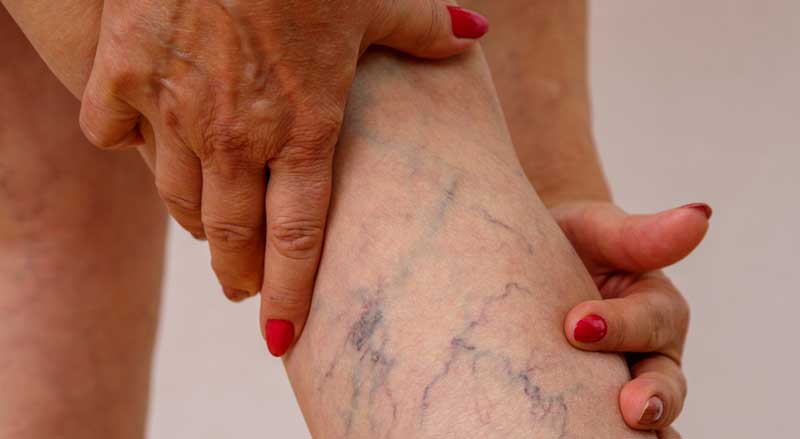
Some common risk factors for varicose veins include:
- Being female
- Obesity
- Older age
- Standing for lengthy periods of time every day
- Smoking
- Genetic predisposition
A vein specialist uses out-patient procedures to treat varicose veins. Changing your lifestyle, such as losing weight and wearing compression socks will help as well. However, damaged veins need medical correction.
Here’s how exercising will help keep your veins healthy.
Atherosclerosis and Peripheral Artery Disease
Atherosclerosis is a condition of dangerous plaque build-up that often affects arteries of the legs and arms, as well as the heart and brain.

Peripheral Artery Disease (PAD) occurs when plaque damages the blood vessels that bring blood to the legs and feet.
PAD is the most common cause of poor circulation in the legs.
High blood pressure and high cholesterol can contribute to the development of PAD. When a person has PAD, they are also most likely at risk of having a heart attack or stroke.
One test used to diagnosis PAD is the ankle-brachial index. During this test, your doctor compares the blood pressure in your arm to the blood pressure in your ankle.
Here are things you can do to stop PAD from progressing:
- Keep blood pressure and cholesterol under control
- Exercise
- Don’t smoke
- Eat a healthy diet
High Blood Pressure and High Cholesterol
When you have high blood pressure, blood is pushing against your blood vessels with unusually powerful force. This can weaken your blood vessels and ultimately interfere with good blood circulation.
When a person has high cholesterol, cholesterol inevitably deposits on artery walls.
Raynaud’s Disease
Raynaud’s disease affects blood circulation when a person is cold or stressed. It usually affects blood flowing to toes and fingers, although it can affect other areas of the body.
Symptoms include:
- Toes or fingers turning white
- Extremely cold extremities
- Burning, tingling, pain, or numbness
These symptoms can last for as little as one minute or continue for several hours.
Medication and lifestyle changes are used to treat Raynaud’s disease.
Risk factors for Raynaud’s disease include:
- Having a job that causes vibrations to the body
- Being over sixty and have another vascular disease
- Taking cyclosporine or some beta-blockers
- Having fibromyalgia or a history of hepatitis B or C
What You Can Do to Improve Blood Circulation in Your Legs
- Follow medical treatments for underlying conditions
- Maintain a healthy weight
- Exercise
- Avoid sitting for lengthy periods of time—take frequent breaks
- Do leg stretches
- Don’t smoke
- Avoid alcohol and caffeine
- Massage feet
- Keep feet warm when outside in cold weather
- Avoid stress – practice relaxation techniques
- Wear compression socks
- Eat a healthy diet
When to Contact a Doctor Immediately or call 911
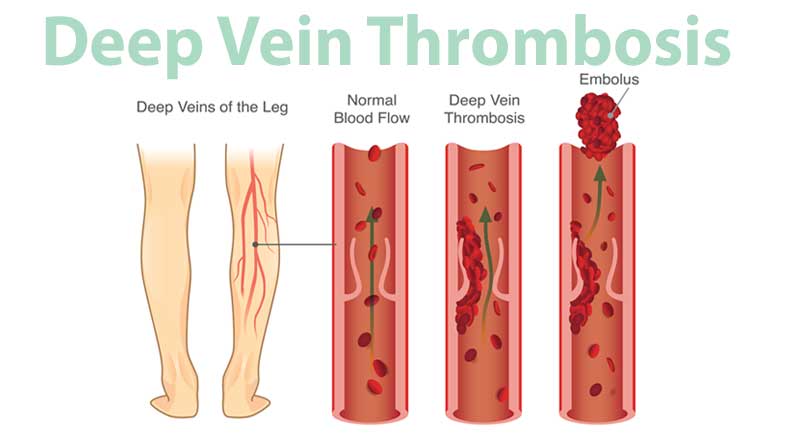
Deep Vein Thrombosis (DVT) can be a life-threatening event. It’s caused when a blood clot in the leg interferes with circulation. There is always a chance that the clot will travel and cut off blood flow to the lungs.
DVT often occurs if you do not move for a long time—such as you are recuperating from an operation in bed or sitting in a plane or car for a long time. Read about traveler’s thrombosis.
Signs of DVT include:
- Sudden pain (that begins in the calf) or swelling in the leg
- Skin feels warmer than usual to the touch
- Discolored skin
- There’s numbness or “pins and needles” in your leg
If the clot has broken away, you may feel chest pain, sweat, and have difficulty breathing. More about when to see a doctor.
If you are concerned about your leg circulation or have varicose veins, contact us at NJVVC for diagnosis and treatment.

